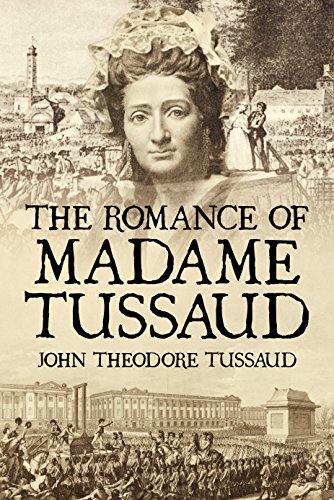Reviewed by pamela on
Reading updates
- Started reading
- 27 October, 2016: Finished reading
- 27 October, 2016: Reviewed

“Her biography may be said to comprise a tale of two cities.”
The waxwork museum to which Madame Tussaud gave her name remains a popular London attraction.
However, the life that brought Marie Tussaud to London was one of terror, revolution and execution.
Learning her trade from a physician who excelled at wax modelling, Marie began her career innocently creating waxes of contemporary celebrities, such as Voltaire, Jean-Jacques Rousseau and Benjamin Franklin.
In the 1780’s she was employed to teach the sister of Louis XVI votive making.
The French Revolution would shatter this life.
Arrested as a Royalist sympathiser, Marie was sentenced to die. Her head was shaved in preparation for the guillotine.
It was only her connection to the physician who trained her that saved Marie that day.
Her skill with wax was utilised and Marie found herself making wax models of the executed, including the King, Marie Antoinette and later, Robespierre…
The Romance of Madame Tussaud is an amazing history of an extraordinary time. Written by her great grandson, it is a captivating and insightful look into the life of Marie Tussaud herself and her fascinating museum.
John Theodore Tussaud (1858 – 1943) was the great grandson of Marie Tussaud. Although his father had sold ownership of Madame Tussauds, John worked in the museum as manager and chief artist for many years. In 1935 John was elected as a fellow of the Royal Society of Arts. In addition to The Romance of Madame Tussaud, John wrote The Chosen Four about Napoleon’s loyal supporters who followed him into exile at St. Helena.